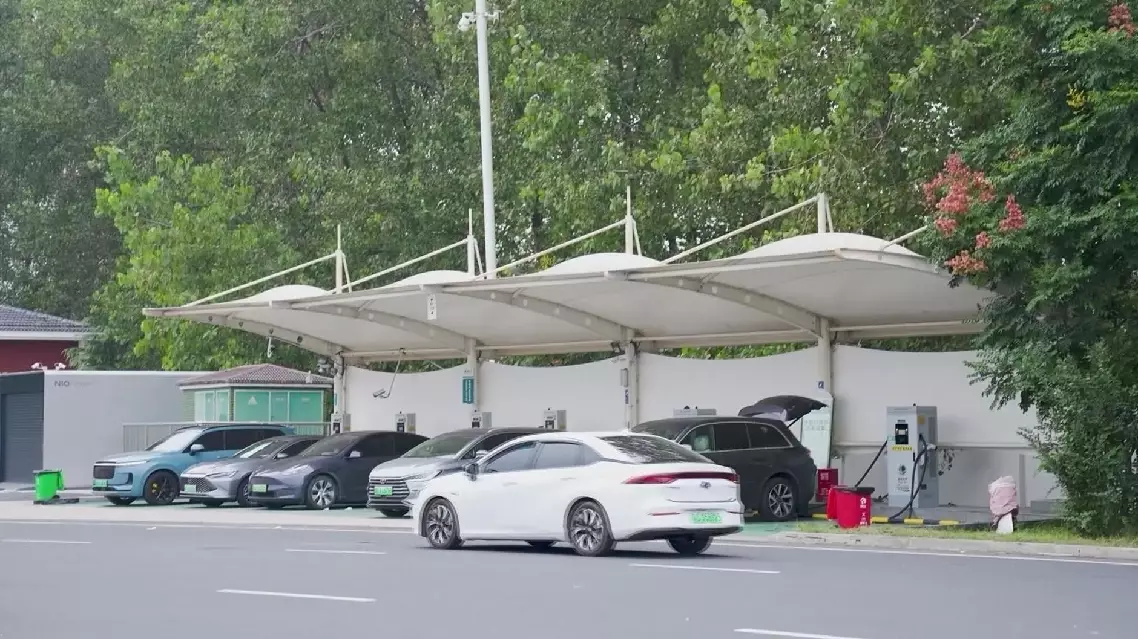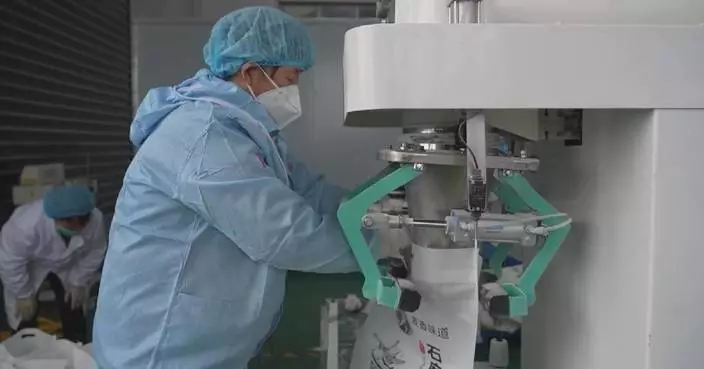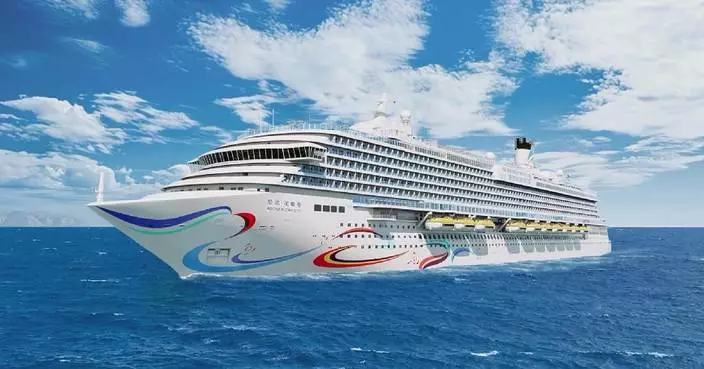China's Ministry of Commerce on Thursday issued new measures to further boost foreign trade.
"In the first 10 months this year, China's total import and export value reached 36.02 trillion yuan (about 5 trillion U.S. dollars), a record high for the same period," said the ministry's spokeswoman He Yongqian, who noted that the stable growth in foreign trade highlights the resilience and vitality of China's industrial and supply chains, providing critical support for economic recovery.
She continued to introduce the new policies and measures for the next step:
"Firstly, we will increase financial support and expand the scale and coverage of export credit insurance. We will provide greater financing support for small and micro-sized foreign trade enterprises, guide banking institutions to optimize their overseas networks, and enhance their ability to support enterprises in expanding international markets," said the spokeswoman at a regular press conference in Beijing.
"Secondly, we will strengthen new drivers of foreign trade, promote the development of cross-border e-commerce and the construction of smart logistics platforms overseas. Regions with favorable conditions are encouraged to explore building cross-border e-commerce service platforms to offer businesses access to overseas legal and tax resources," she said.
"Thirdly, we will enhance support for foreign trade enterprises, advance green trade, border trade, and innovation in bonded repair business. We will facilitate the business personnel entry of key trade partners to China, encourage strategic cooperation between foreign trade and shipping companies, and improve workforce services for foreign trade enterprises," she said.
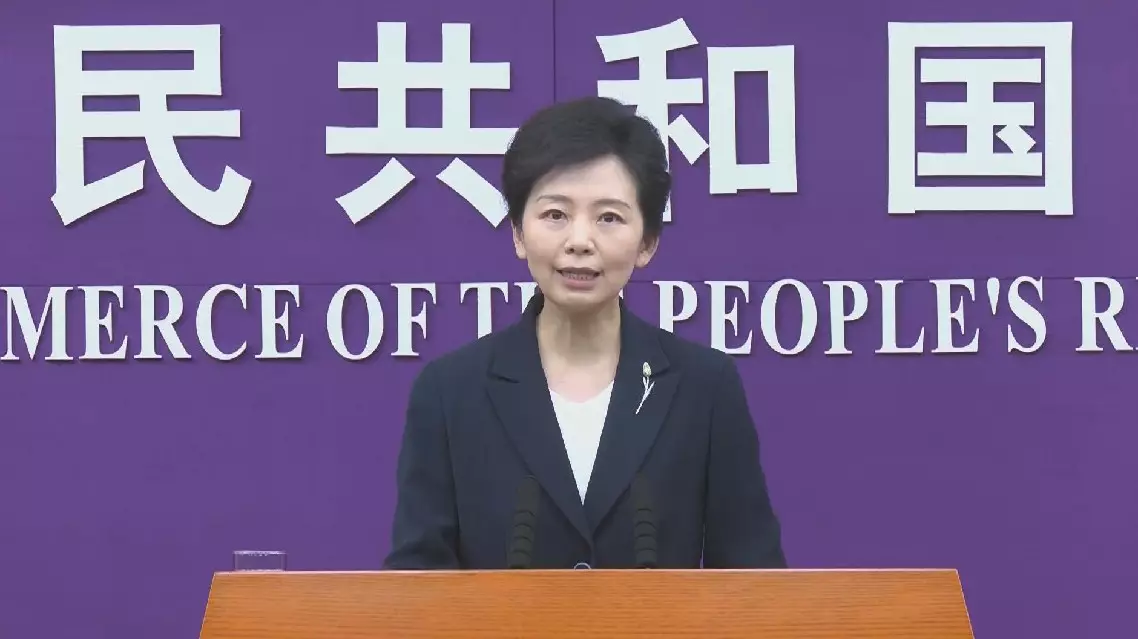
Chinese Commerce Ministry issues new measures to further boost foreign trade
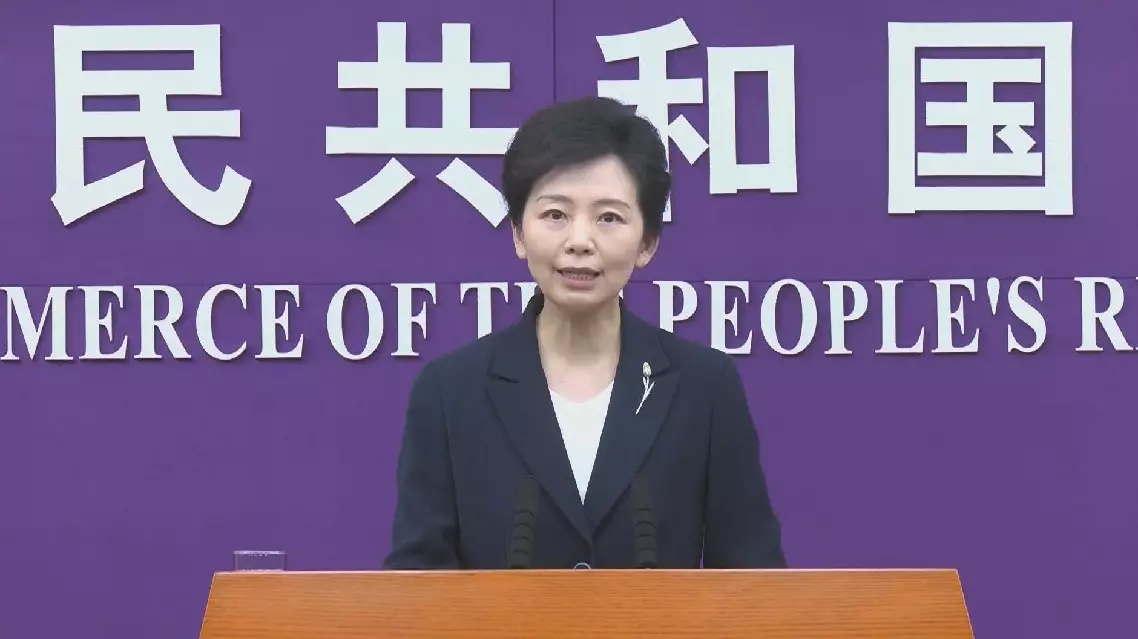
Chinese Commerce Ministry issues new measures to further boost foreign trade


